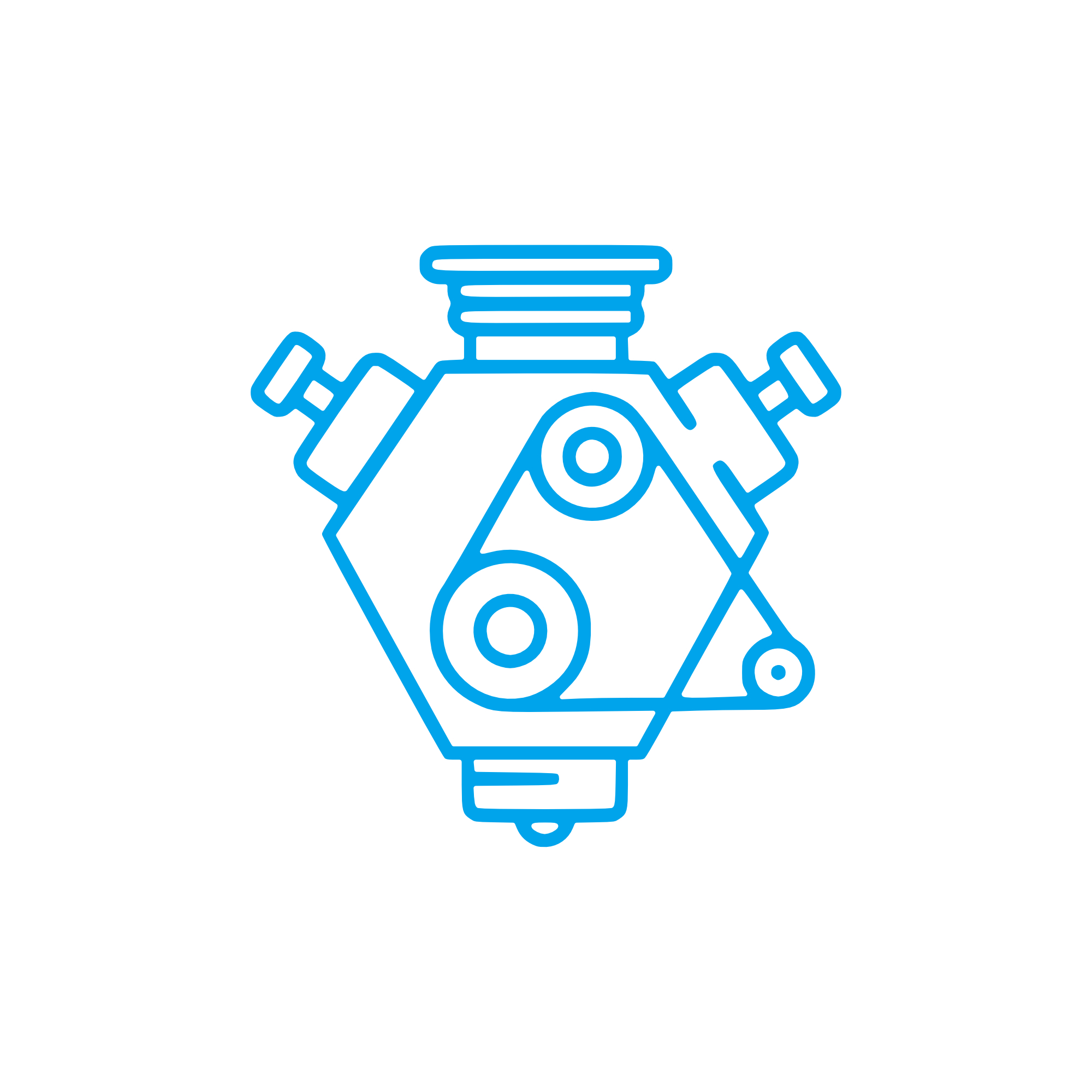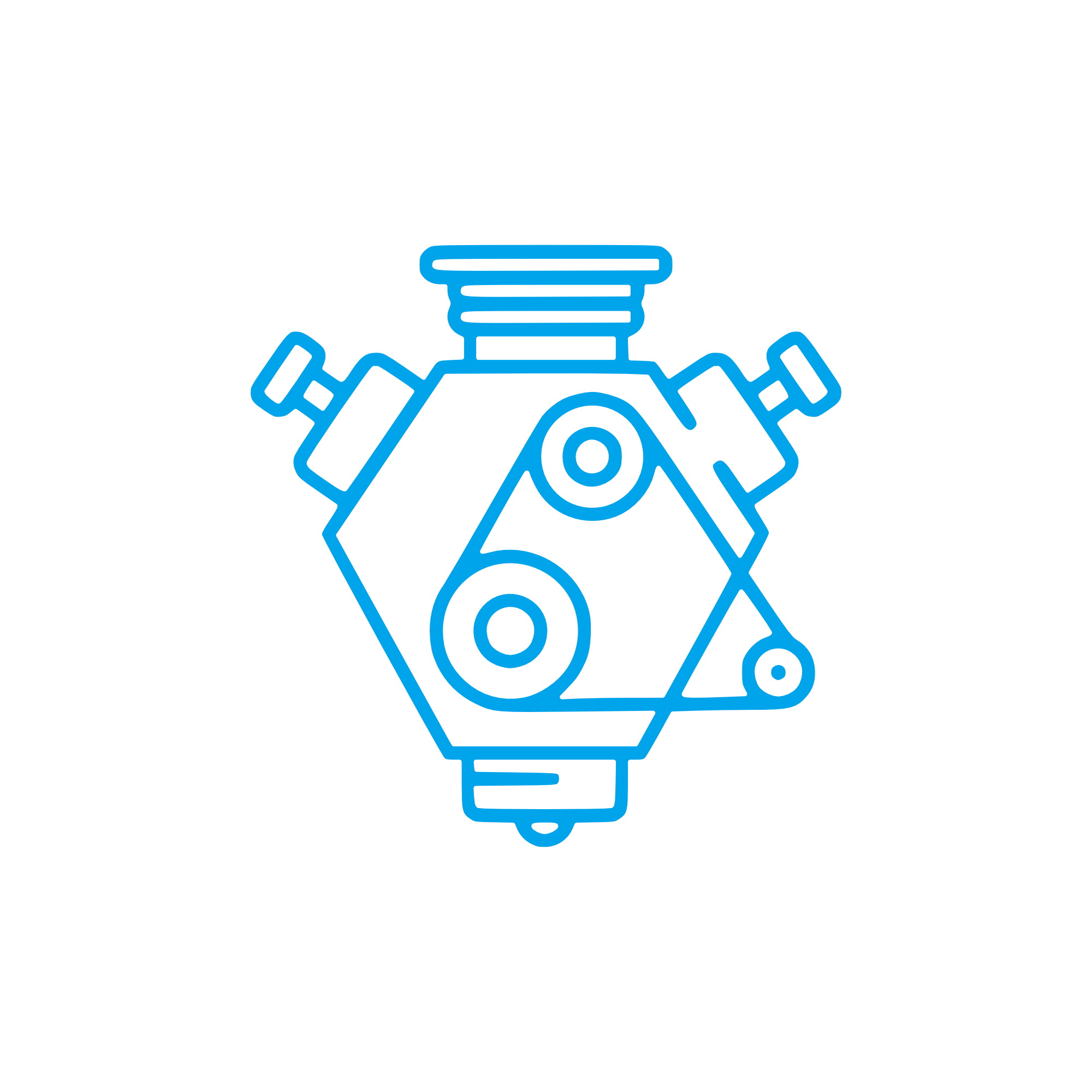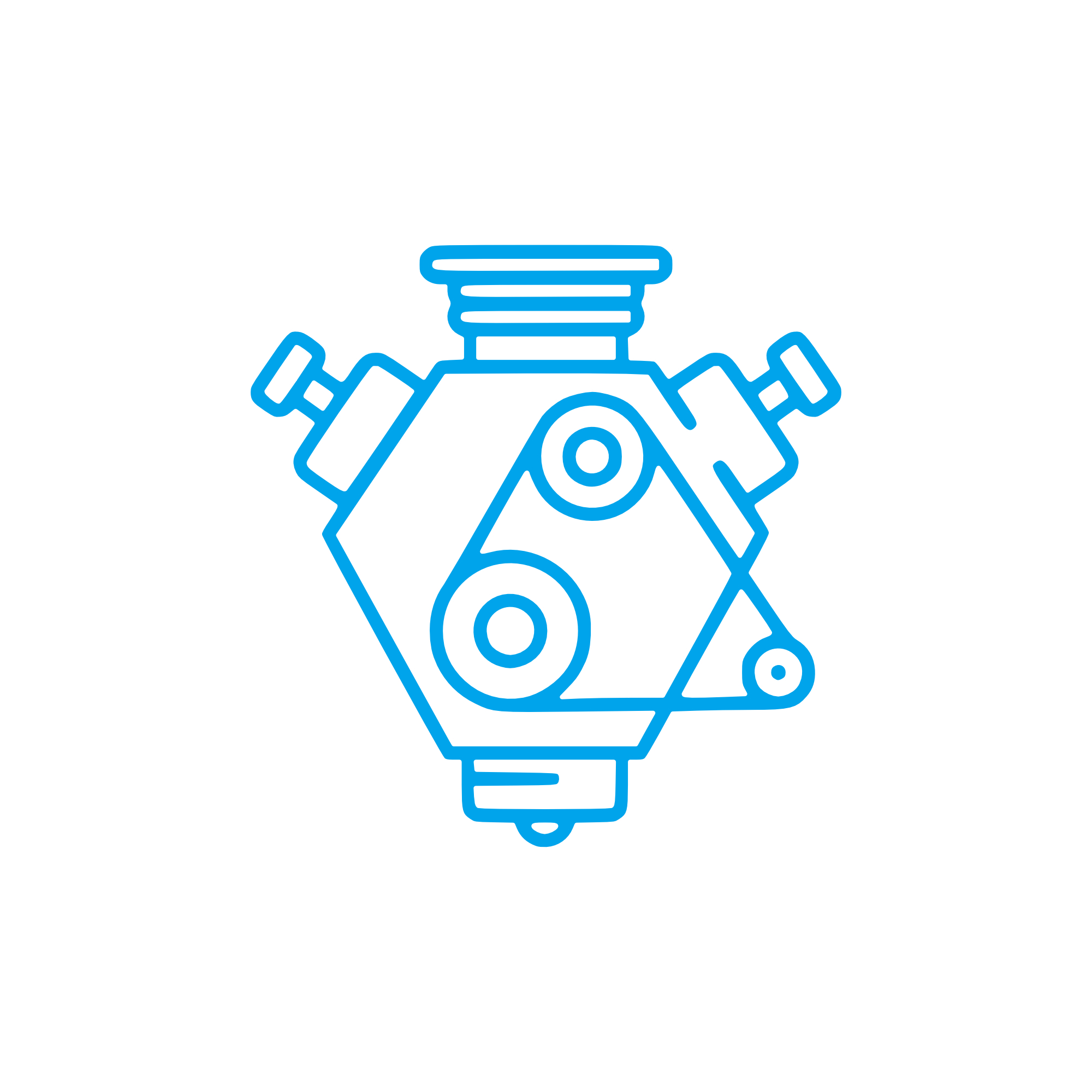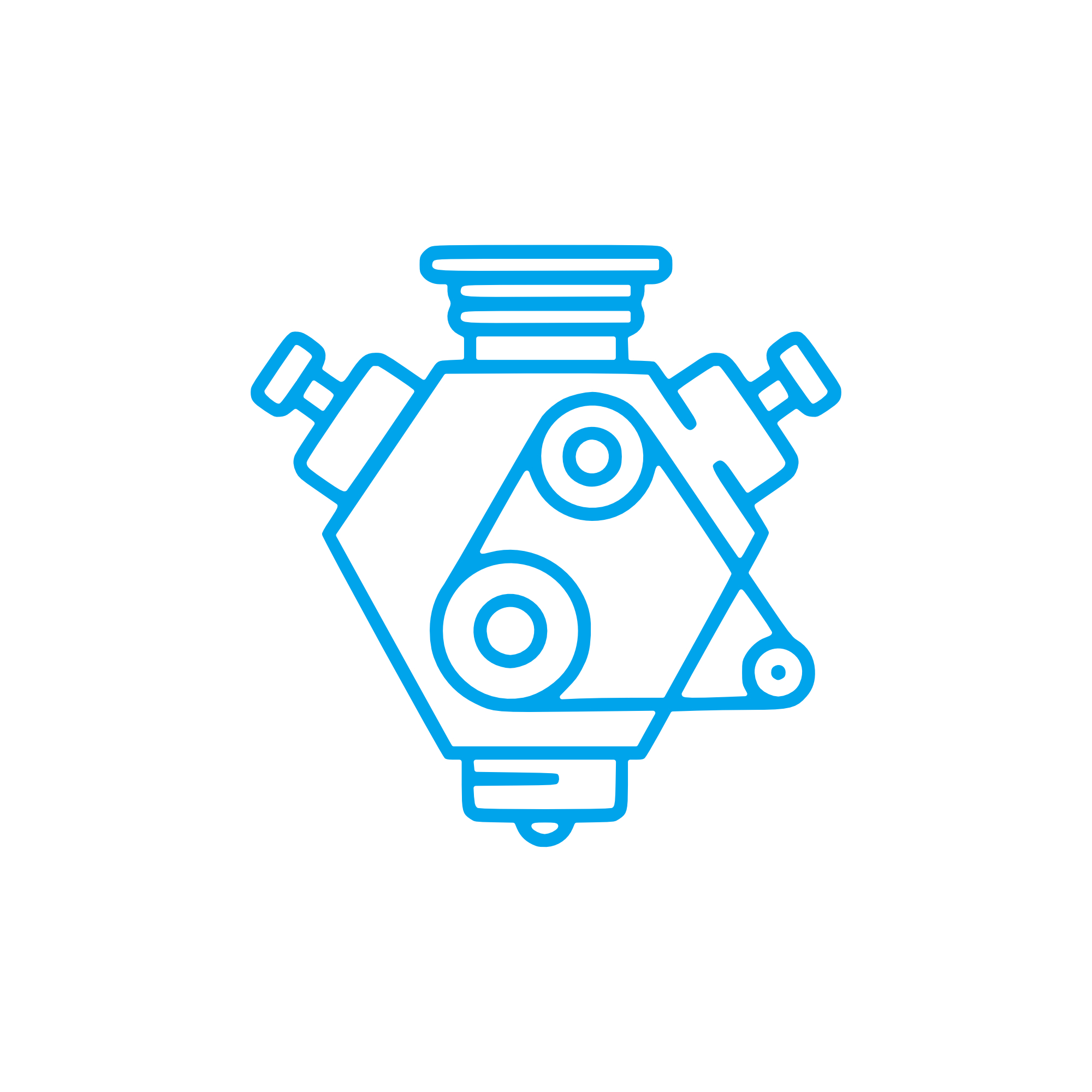FLYWHEEL engine drive components for diesel and gas engines
Engine drive components are the mechanical link between the crankshaft and the driven equipment—propeller shaft, alternator, PTO, hydraulic pump, or gearbox. This category includes the FLYWHEEL, starter ring gear, torsional vibration damper, flexible and disc couplings, flywheel housing (SAE bellhousing), and drive plates. Together, they store rotational energy, smooth torque delivery, control torsional oscillations, ensure alignment, and safely transfer power. In heavy-duty diesel and gas applications, especially at sea, these parts are fundamental to stable operation, predictable performance, and low lifecycle cost.
Whether on a vessel’s main propulsion or a genset keeping hotel loads online, well-selected and correctly matched engine drive components determine how reliably an installation starts, accelerates, and holds speed under load steps. The FLYWHEEL in particular provides inertia to stabilize rpm, while the housing and coupling system maintain alignment and absorb misalignment without overloading bearings. For purchasers and technical decision-makers, investing in the right components is not only a matter of performance—it’s a safeguard for uptime and asset protection.
Technical function of engine drive components with FLYWHEEL in marine engine and diesel engine systems
At the heart of engine drive components sits the FLYWHEEL. In a diesel engine, combustion occurs in pulses. The FLYWHEEL’s inertia stores energy during power strokes and releases it during compression and exhaust strokes, reducing speed fluctuation and protecting the driveline. In a marine engine, this stabilization is essential for smooth propeller thrust and generator frequency control. The starter ring gear, shrunk onto or integrated with the FLYWHEEL, ensures reliable cranking engagement and long tooth life under repeated starts.
The flywheel housing (often to SAE J620 patterns) aligns the crankshaft with the driven equipment. Tight runout and concentricity tolerances prevent shaft loading and seal wear. Flexible couplings and torsional vibration dampers (TVDs) tune the system’s torsional behavior, shifting critical speeds away from the operating band and attenuating harmful oscillations. Proper pairing of inertia (kg·m²), coupling stiffness, and damping—validated by torsional analysis—keeps gear teeth, keys, and fasteners within safe stress limits across the load range. For high-inertia loads or high-resilience couplings, FLYWHEEL OEM parts with the specified bolt pattern, pilot diameter, and balance grade ensure the engineered package performs as intended.
Torque smoothing and energy storage (FLYWHEEL)
In practice, the right inertia value reduces cyclic speed variation, protecting generator voltage stability and propeller cavitation margins. Heavy-duty FLYWHEEL diesel engine setups may require larger diameters or steel construction; a FLYWHEEL marine engine installation often includes corrosion-resistant coatings and nitrided or induction-hardened ring gears for long service life in salt-laden environments.
Vibration control, alignment, and power transfer
TVDs and flexible couplings isolate crankshaft torsion from gearboxes and PTOs, while the housing ensures precise alignment. Drive plates and discs accommodate axial movement and thermal growth without transmitting harmful loads. Balanced components—commonly to ISO 21940 (formerly ISO 1940) grades like G2.5—reduce bearing wear and structural fatigue.
- · Stabilizes rpm by storing rotational energy.
- · Reduces torsional vibration and gear chatter.
- · Provides robust starter ring-gear engagement.
- · Ensures precise alignment via SAE housing patterns.
- · Balanced to ISO 21940 grades for low vibration.
- · Supports PTOs and generator sets with frequency stability.
- · Service-friendly: replaceable ring gears and discs.
- · Corrosion-resistant options for FLYWHEEL marine engine duty.
- · Proven compatibility with diesel engine couplings and clutches.
Why engine drive components are critical to reliability and service life
Drive components bear the highest cyclic loads in the powertrain. If a FLYWHEEL is under-inert or out of balance, speed ripple increases, stressing gears, keys, and crankshaft fillets. Worn ring gears cause hard starting and starter damage. Improper housing alignment accelerates seal leakage and bearing wear. A degraded coupling or damper can shift torsional resonances into the operating range, leading to cracked hubs, sheared bolts, and fractured discs. In marine service, these issues escalate into costly downtime, missed charters, and class non-compliance. Keeping the drive train within engineered limits is therefore central to asset reliability and predictable maintenance intervals.
Advantages of OEM spare parts suitable for engine drive components
OEM spare parts suitable for engine drive components replicate the specified inertia, geometry, and material properties of the engineered package. For a FLYWHEEL, that means exact bolt circle, pilot fit, ring gear hardness, and balance grade—so the unit drops in and performs to spec without re-qualification. For housings and couplings, it ensures flange flatness, bore tolerances, and elastomer characteristics match the torsional model used by the engine builder.
Compared to substitutes with unknown tolerances, these components minimize commissioning risk and protect downstream equipment. The result is predictable performance, lower vibration, and better total cost of ownership through maximized service life and reduced unplanned stops. In procurement terms, OEM spare parts align with budget control by reducing rework, shortening installation time, and preventing adjacent component damage. For critical applications, FLYWHEEL OEM parts are a direct path to retaining designed efficiency and safety margins.
MOPA as a partner for OEM parts FLYWHEEL and engine drive components
MOPA supplies OEM parts for diesel and gas engines with a focus on engine drive components—FLYWHEEL assemblies, ring gears, housings, TVDs, couplings, and drive plates. Customers value our speed in sourcing, consistent quality, and security in the trade: full traceability, compliance with relevant standards, and meticulous documentation. Our team supports selection by inertia and coupling stiffness, cross-references engine and housing patterns (e.g., SAE sizes), and coordinates global logistics for time-critical dockings or yard periods. Whether you need a FLYWHEEL OEM parts package for a marine engine refit or a complete drive-line refresh for a power plant, MOPA helps you reduce lead time and risk.
Conclusion: FLYWHEEL and engine drive components
Engine drive components, with the FLYWHEEL at their core, stabilize torque flow, protect the powertrain, and keep marine and land-based engines operating within design limits. Selecting OEM spare parts suitable for these components preserves performance, reliability, budget control, and service life—exactly what demanding diesel and gas engine operations require.





